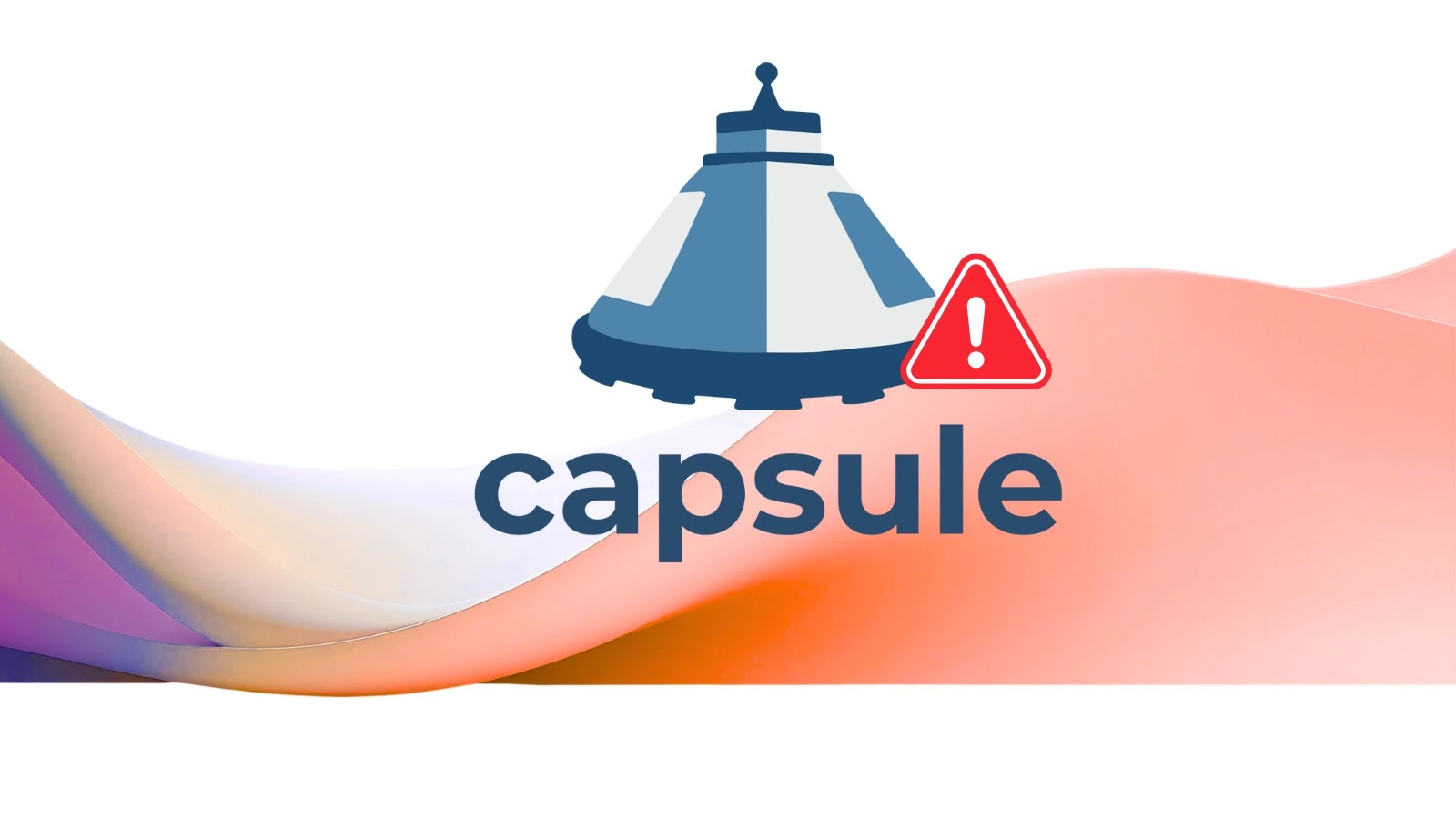
Critical Namespace Injection Vulnerability in Kubernetes Capsule Let Attackers Inject Arbitrary Labels
Critical Namespace Injection in Kubernetes Capsule: A Threat to Multi-Tenancy Isolation
In the complex landscape of cloud-native infrastructure, Kubernetes has become the de facto standard for container orchestration. However, with its power comes the responsibility of robust security, especially in multi-tenant environments. A critical security vulnerability, tracked as GHSA-fcpm-6mxq-m5vv, has been uncovered in Kubernetes Capsule v0.10.3 and earlier versions. This flaw allows authenticated tenant users to inject arbitrary labels into system namespaces, effectively bypassing crucial multi-tenant isolation controls. For organizations relying on Capsule for secure multi-tenancy, this represents a significant and immediate threat.
Understanding Kubernetes Capsule and Multi-Tenancy
Kubernetes Capsule is an open-source project designed to provide multi-tenancy capabilities on a single Kubernetes cluster. It achieves this by creating tenant-specific “Capsules” where users can manage their resources (namespaces, pods, deployments, etc.) in isolation. The core principle of multi-tenancy is to ensure that actions performed by one tenant do not inadvertently or maliciously affect another tenant’s resources or the underlying cluster infrastructure. This vulnerability directly undermines that fundamental security tenet.
The Nature of the Vulnerability: Namespace Injection
The essence of the GHSA-fcpm-6mxq-m5vv vulnerability lies in its ability to allow an authenticated tenant user to inject arbitrary labels. In Kubernetes, labels are key-value pairs used to organize and select sets of objects. While seemingly innocuous, the ability to arbitrarily inject labels, particularly into system namespaces, has profound security implications. An attacker, even with limited tenant privileges, could potentially:
- Perform Privilege Escalation: By labeling system resources with specific, custom tags, an attacker might be able to trick admission controllers or other security policies into granting them unintended access or permissions.
- Circumvent Security Policies: Many Kubernetes security policies (e.g., Network Policies, Pod Security Admission) rely on labels for enforcement. Arbitrary label injection could allow an attacker to bypass these controls, leading to unauthorized communication or weakened pod security.
- Impact System Stability and Availability: Maliciously injected labels could disrupt the normal operation of system components, leading to denial-of-service (DoS) conditions or instability within the cluster.
- Facilitate Information Disclosure: Manipulating labels could potentially expose sensitive metadata or aid in reconnaissance efforts by an attacker.
Technical Details and Impact
The vulnerability specifically affects Kubernetes Capsule versions v0.10.3 and earlier. While the full technical exploit chain has not been publicly detailed beyond the initial disclosure by security researcher Oliverbaehler, the core mechanism involves bypassing the sanitization or validation of labels during the tenant’s interaction with Capsule’s API. This allows an attacker to insert labels that should otherwise be restricted or filtered, particularly those targeting system-critical namespaces.
The impact is severe for organizations that have adopted Capsule for multi-tenancy. It completely compromises the isolation a malicious or compromised tenant is expected to provide, opening the door to potential cluster-wide compromise.
Remediation Actions
Immediate action is crucial for all users of Kubernetes Capsule. The primary remediation is to upgrade to a patched version.
- Upgrade Kubernetes Capsule: The most critical step is to upgrade Kubernetes Capsule to version v0.10.4 or later. This version includes the fix for GHSA-fcpm-6mxq-m5vv. Regularly checking the official Capsule GitHub repository for security advisories and updates is highly recommended.
- Review and Strengthen Role-Based Access Control (RBAC): While upgrading is essential, also review your existing Kubernetes RBAC policies. Ensure that tenant users have the principle of least privilege applied, limiting their permissions to only what is absolutely necessary for their operations.
- Implement Admission Controllers: Use Kubernetes Admission Controllers (e.g., ValidatingAdmissionWebhook) to enforce strict policies on label creation and modification, especially within system namespaces. This can act as a crucial defense-in-depth mechanism.
- Regular Security Audits: Conduct frequent security audits and penetration tests of your Kubernetes clusters, focusing on multi-tenancy isolation and custom resource definitions (CRDs) like those used by Capsule.
- Monitor Kubernetes Audit Logs: Continuously monitor Kubernetes audit logs for unusual activities, especially related to label modifications or attempts to access restricted namespaces. Implement alerts for suspicious patterns.
Monitoring and Detection Tools
Proactive monitoring and robust detection capabilities are vital to catch anomalies and potential exploitation attempts. Here are some tools that can assist:
| Tool Name | Purpose | Link |
|---|---|---|
| Kubernetes Audit Logs | Comprehensive record of API server requests, essential for detecting suspicious activities like label changes. | https://kubernetes.io/docs/concepts/cluster-administration/audit/ |
| Falco | Cloud-native runtime security, detects suspicious behavior, system calls, and container activity. | https://falco.org/ |
| Open Policy Agent (OPA) / Gatekeeper | Policy engine for enforcing custom policies on Kubernetes resources, can block invalid label injections. | https://www.openpolicyagent.org/ |
| Trivy | Vulnerability scanner for container images, file systems, and Git repositories; includes K8s misconfiguration scanning. | https://aquasecurity.github.io/trivy/ |
| kube-hunter | Penetration testing tool that hunts for security weaknesses in Kubernetes clusters. | https://kube-hunter.aquasec.com/ |
Conclusion
The namespace injection vulnerability (GHSA-fcpm-6mxq-m5vv) in Kubernetes Capsule highlights the persistent challenges in maintaining robust security in dynamic multi-tenant cloud environments. It serves as a stark reminder that even well-intentioned tools require continuous scrutiny and prompt patching. Organizations leveraging Kubernetes Capsule must prioritize upgrading to v0.10.4 or newer immediately. Beyond patching, a multi-layered security approach, encompassing strong RBAC, admission controllers, and vigilant monitoring, is indispensable for safeguarding Kubernetes clusters against evolving threats and ensuring the integrity of multi-tenant isolation.





